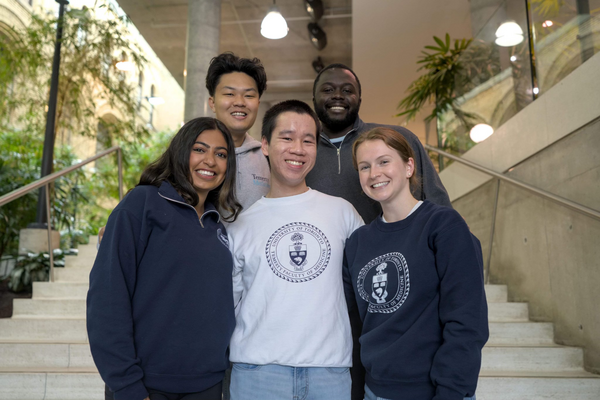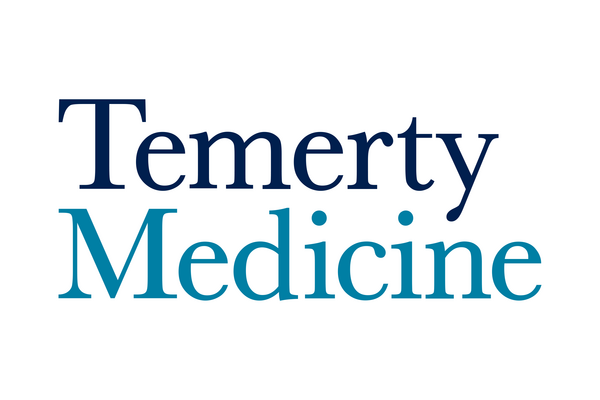Main Second Level Navigation
Welcome to Temerty Medicine: Student Perspectives on Life at U of T
Special thanks to Sricherry, Youssef, Shruthi, Chloe, Ray, Elizabeth, and Nisha.

University of Toronto (U of T) is not only one of the best places to learn medicine, but also one of the best places to collaborate with leading researchers in the field, work in some of Canada’s most advanced hospitals, and experience the big city life in the backdrop of downtown Toronto’s breathtaking skyline.
Why UofT?
Choosing a medical school is a big decision. We asked current students to share what drew them to Temerty Medicine and what life is really like as a U of T medical student.
When sharing with us why they chose Temerty, students spoke about the unparalleled research infrastructure, academic excellence, and strong community of physician-scientists.
Chloe: “As someone based in Toronto and actively engaged in research at the Centre for Addiction and Mental Health (CAMH)—Canada’s largest mental health hospital—I was drawn to U of T’s deep integration of research and clinical training. The university’s vibrant community of MD/PhD and PhD-to-MD students also played a major role in my decision, as it fosters a rich environment for interdisciplinary collaboration and mentorship. U of T’s commitment to advancing evidence-based medicine and supporting non-traditional students like myself made it the ideal place to continue my journey as a future physician-scientist.”
They spoke about how Toronto is also one of the most diverse and multicultural cities in the world.

Youssef: “I think Toronto is such a unique place to go to medical school because of everything the city and the program have to offer. That shows up in your learning, your patient interactions, and your day-to-day life. You get to work with so many different communities across the city, and it gives you such a rich experience both personally and professionally…The city itself has so much to offer. It is vibrant, fast paced, and full of life. Whether you are into indoor stuff, outdoor adventures, or anything in between, there is always something going on…And if you are a foodie, this city is a dream. There are always new restaurants and cuisines to try. If you are into fitness, there are so many gyms, studios, and niche spots to explore. Even things like rock climbing have their own little scene here. No matter what your interests are, you will find your people and your place.”
And for some, it was simply home...

Shruthi: “I grew up in Etobicoke, so U of T has always felt close to home—both literally and in terms of where I saw myself growing. It’s always been my first choice. I had told myself that if I ever went to medical school, it would be at U of T. Between its strong clinical training, the diversity of Toronto, and the opportunity to study at MAM near home, it felt like the perfect fit for both my goals and my values.”
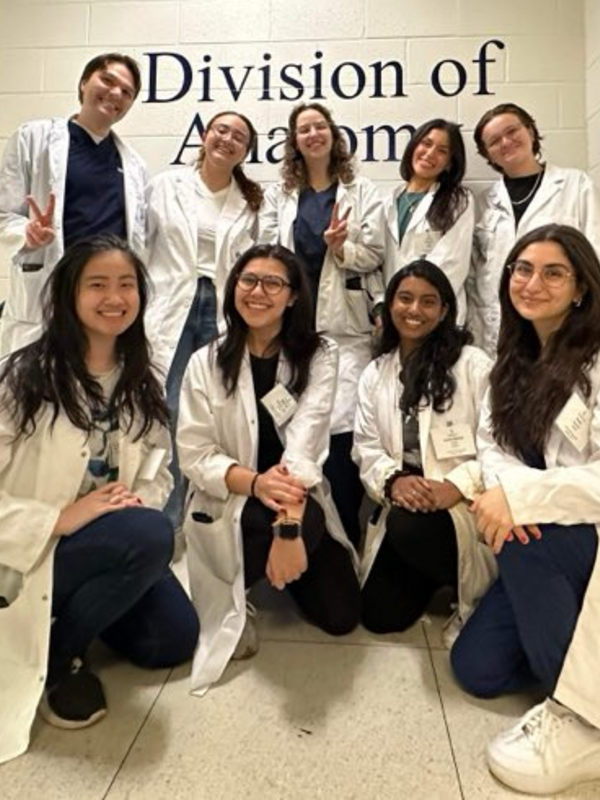
Academy Selection
Within the University of Toronto's MD Program, students are assigned across our four academies: Fitzgerald, Peters-Boyd, Mississauga, and Wightman-Berris. While three of these academies are located on the St. George campus, the Mississauga Academy of Medicine is based at the University of Toronto Mississauga (UTM).
Each academy serves as a clinical home, offering students a supportive environment for small-group learning, including case-based discussions and clinical skills development. With dedicated faculty, mentorship opportunities, and clinical teaching sites, the academies foster student wellness, professional identity formation, and academic excellence—helping students build a strong sense of community within the broader medical school.
Your academy assignment also determines which affiliated hospitals you'll train at during your rotations. For example, students in the Fitzgerald (Fitz) academy typically complete rotations at St. Michael’s Hospital and St. Joseph’s Health Centre.

Here’s why Afreen chose Fitz:
“When attending the post-interview sessions, I kept noticing how so many upper years were recommending Fitz. At the time, I didn’t fully understand why but I’m so glad I took their advice. The Fitz community is like no other - it’s filled with some of the most wholesome and genuine students I’ve met. Whether it’s studying together, practicing clinical skills, or just socializing, there’s always a sense of support. Not to mention, St. Michael's and St. Joe’s have an incredible learning environment where the staff are committed to creating a really positive experience.”
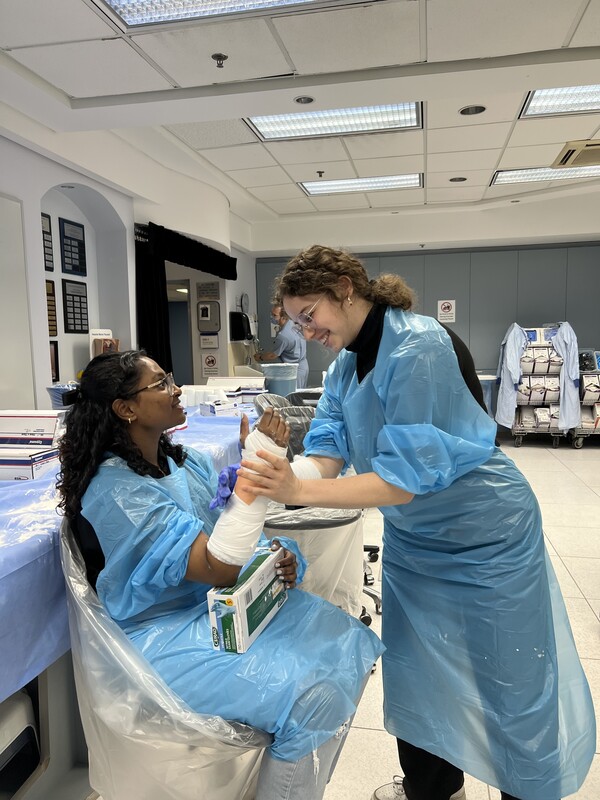
Wightman-Berris (WB) students go to UHN sites as well as Mount Sinai Hospital. Here’s why Danielle decided on WB:
“I loved living in the city the last couple of years and the proximity of everything - being able to walk or bike anywhere, and if you really needed to you could always subway. The UHN hospitals are all within walking distance from me as well as from each other. If I’m running really late I can even take the shuttle between TGH and TWH. I also wanted to be a part of the big Toronto hospitals that are renowned across the world for doing ground-breaking surgeries. Oh and I’m a bit of a foodie and the food scene is really phenomenal here.”
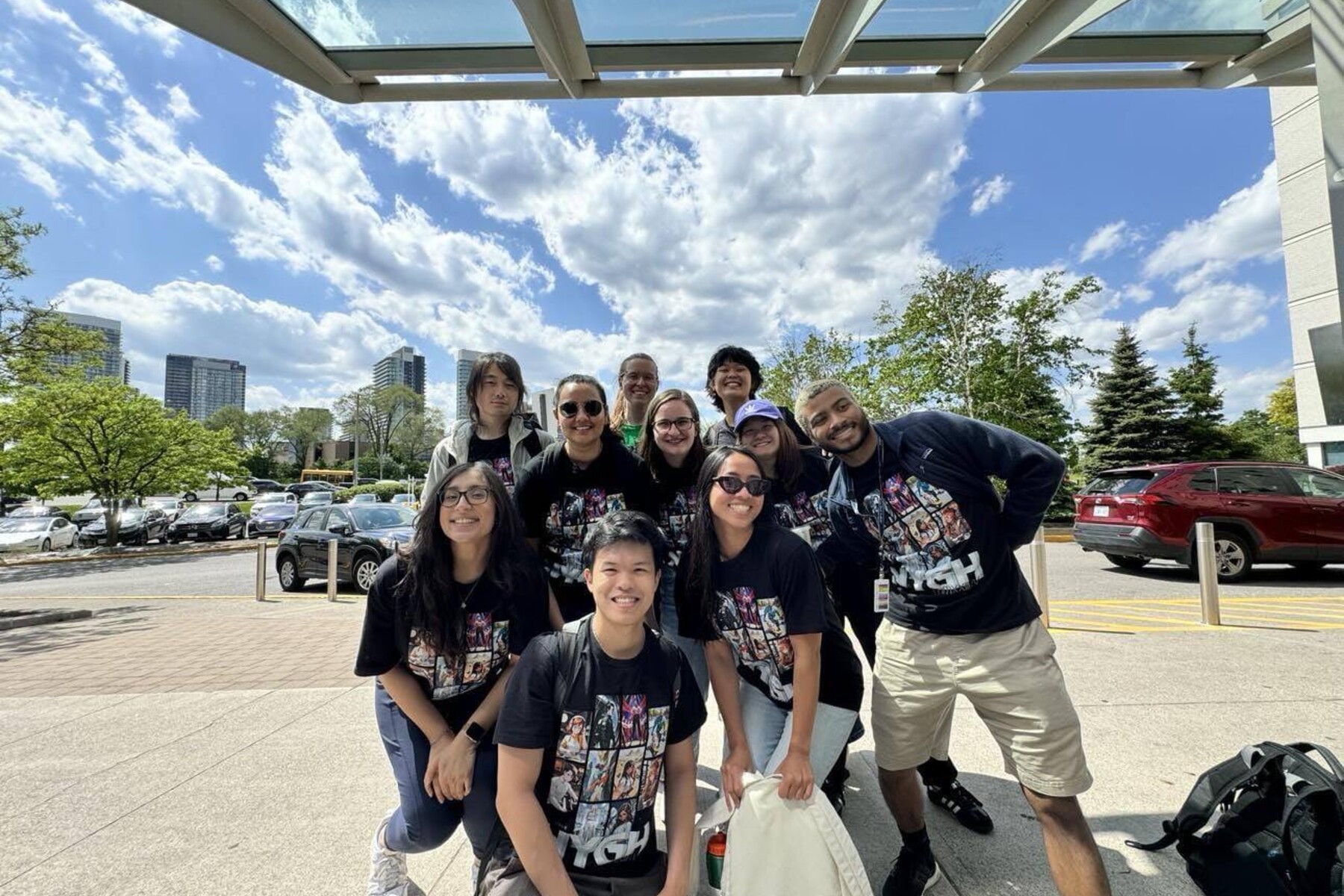
Finally, Peters-Boyd (PB) academy includes North York General Hospital, Sunnybrook Health Centre, and Women’s College Hospital. Here’s why Ray prefers PB:
“Growing up in North York, I felt so connected to the area. I remember even going to some of the hospitals during my childhood. It only made sense to learn medicine here. In addition to the rich community, PB has an amazing assortment of hospitals that medical students can learn from. From research focused academic centers like Sunnybrook to community focused hospitals like Women's College Hospital and North York General Hospital. You get to see the spectrum of how medicine is practiced. Another big reason I chose PB was for less commute time. Medical school can be busy, living closer to certain placements and classes can really save time for studying and rest!”
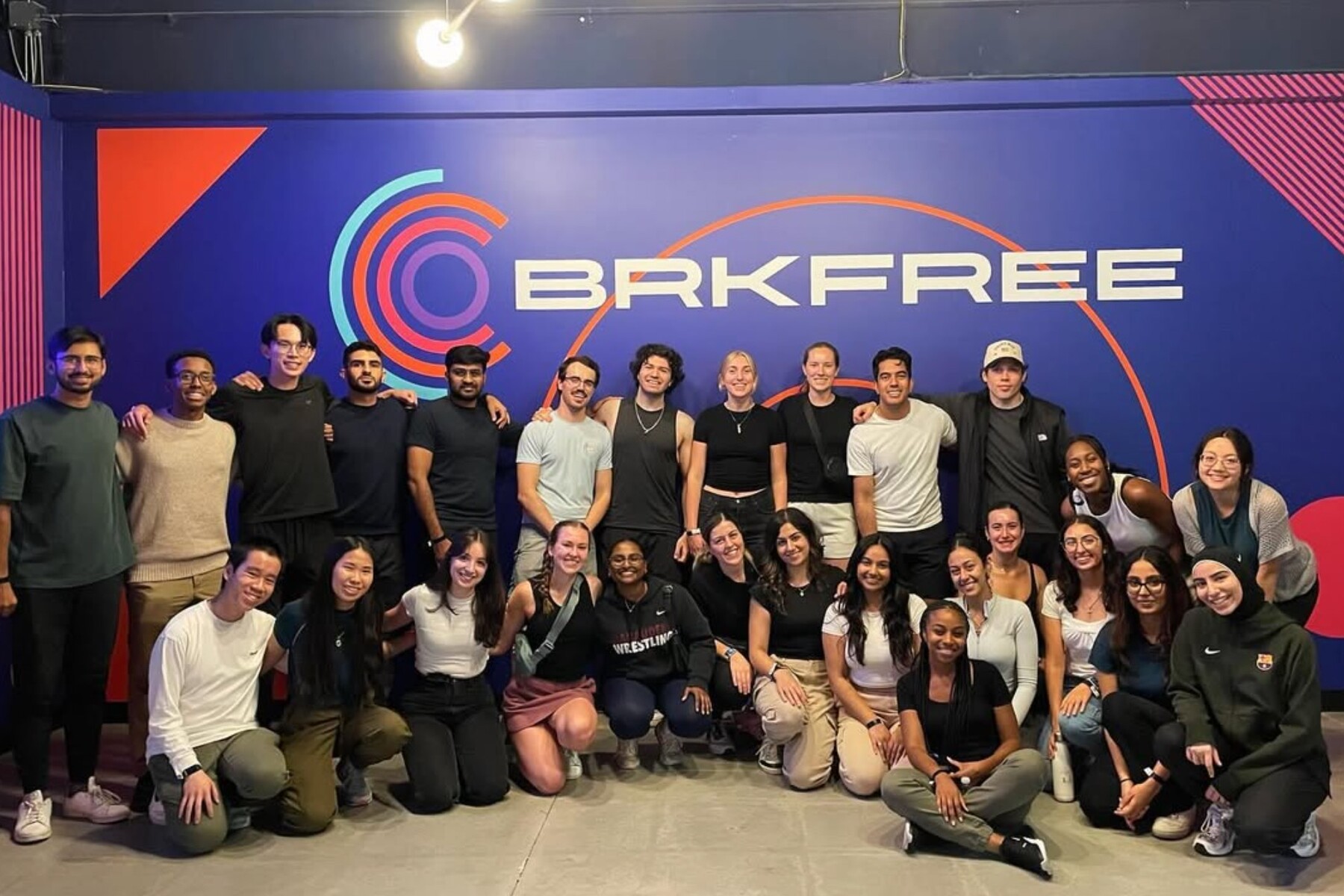
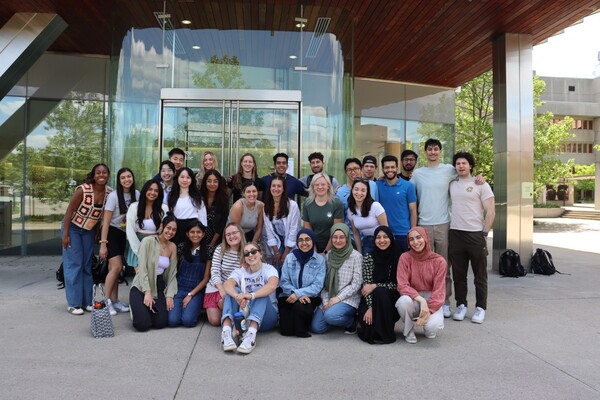
At the Mississauga site there is only one academy - Mississauga Academy of Medicine (MAM), which includes Credit Valley Hospital and Mississauga Hospital.

Shruthi: “I preferred MAM because it was close to home, which meant I could stay with family and avoid the stress of rent and moving. The smaller cohort was a huge plus I really value the tight-knit community we’ve built here. It’s easy to connect with classmates and faculty, and that sense of support has made a big difference in my experience.”
Nisha: “It's close to home, which allows me to stay connected to my community. The campus is beautiful, with access to excellent clinical training at Trillium Health Partners and other top hospitals. Mississauga has always felt like home and being able to learn and give back in a community I care deeply about made MAM the perfect choice for me.”
Housing Options
Downtown Toronto rent can be extremely expensive, but there are many options. Some students who live in the GTA or close by decide to live at home to save on rent money and simply commute to class. Another way to save some money is to get an apartment with roommates to split the rent. That’s what many of the students do - there is usually an excel sheet that gets distributed after acceptances come out where students can find other 1st year medical students to live with.
Danielle: “As someone who had previously lived with roommates in undergrad and in my Master’s degree in Toronto previously, I was willing to share space with roommates if it meant I could save on rent. I used the excel form to find other students from my year who were also looking for roommates. We ended up in a very nice 2 bed + den that the three of us (and my cat) all shared. I did not really know too many people who were in my class in medical school, so this was a great way to meet new people. We all bonded and got super close as we could go to all of our classes together as well as study with each other at home.”
On the other hand, some students prefer to rent an apartment or studio space on their own.
Afreen: Initially I wanted to find a roommate; however I decided to spend my 1st year living alone. Although this wasn’t the most budget-friendly option, I grew to quite appreciate the peace that comes with it. I spent most of undergrad living with 5 other roommates and although that was a fun experience, there really is no substitute for having your own washroom!
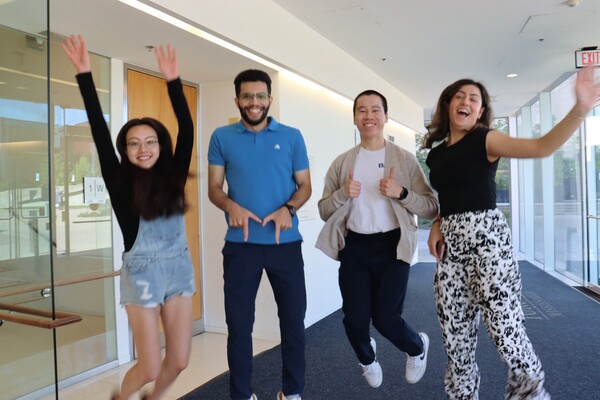
There are also some MAM students who decide to commute to Mississauga from Toronto. Otherwise, most MAM students find a place to live in Mississauga or live at home with their parents if they’re from the neighbourhood.
Sricherry: “As a downtown MAMer in first year, I really valued the experience of living in the city. Being in Toronto gave me the opportunity to connect with peers from other downtown academies, people I likely wouldn't have met if I had stayed in Mississauga. It was also incredibly convenient for shadowing opportunities, networking with faculty, and getting involved in research projects. Many interest group events and extracurriculars tend to take place downtown, and living there allowed me to easily explore those opportunities and get more involved.
During my second year, I decided to move to Mississauga, and it was the right call for me. While I truly enjoyed my time downtown, the daily commute from downtown to Mississauga started to take a serious toll. Taking the shuttle was exhausting, and I was losing a lot of time and sleep each day that I could have spent studying, resting, or connecting with others. With the Gardiner Expressway shut down closer to the end of first year, I also became fearful that commuting would only get harder. At the same time, I realized that many of my closest friendships were with students based in Mississauga. On a practical level, finding another place to live downtown was also becoming increasingly difficult, and moving back home with my parents, with only a 30-minute drive to campus, just made more sense.”
Transportation & Commuting
Many students come from far and wonder what are the considerations of bringing their cars when living in Toronto.
Here’s what Youssef had to say about having a car downtown:
“Having a car downtown comes with its ups and downs. The biggest downside, without a doubt, is parking, especially how expensive it is. Even if your building has parking, chances are it will cost you a few extra hundred bucks every month. Also, moving your car around and parking in the downtown core is a whole struggle of its own, since you have to pay pretty much everywhere you go. I used to live in Mississauga before moving downtown, and I can say for sure that the ease of parking is not the same…That said, the biggest plus of having a car here is the freedom it gives you. You can go wherever you want, whenever you want, with no need to worry about schedules or routes. For me personally, one of the best parts about having a car has been being able to go home and visit family whenever I feel like it. Overall, I would say having a car downtown is convenient but not necessary. The city is very walkable, and you can get by perfectly fine without one. I find that it is nice having the option, especially for things like big grocery hauls or moving furniture, it definitely makes life a bit easier. There are also fun extras, like spontaneous day trips or weekend escapes. At the end of the day, it just depends on what is more important to you: cost vs. convenience!”
Finally, we have Shruthi who gave us insight on what it’s like commuting to school:
“When it comes to transportation, I personally have a car since I commute from Etobicoke. However, many of my friends live either on campus or within walking distance of the MAM campus and do not have cars. MAM students have access to MiWay transit passes, which makes it easy to use Mississauga’s public transit system. There's also a free shuttle service for MAM students that runs regularly to downtown Toronto, and transportation is provided to both Mississauga and Credit Valley Hospitals for our clinical skills sessions. That said, if you are commuting from farther outside the area, like I do, I would recommend having a car for the added convenience.”
See You Soon!
We hope these student stories have helped answer some of your questions about life at Temerty Medicine. From academic excellence to vibrant city living, there’s truly no place like it. We can’t wait to welcome you to our community!


